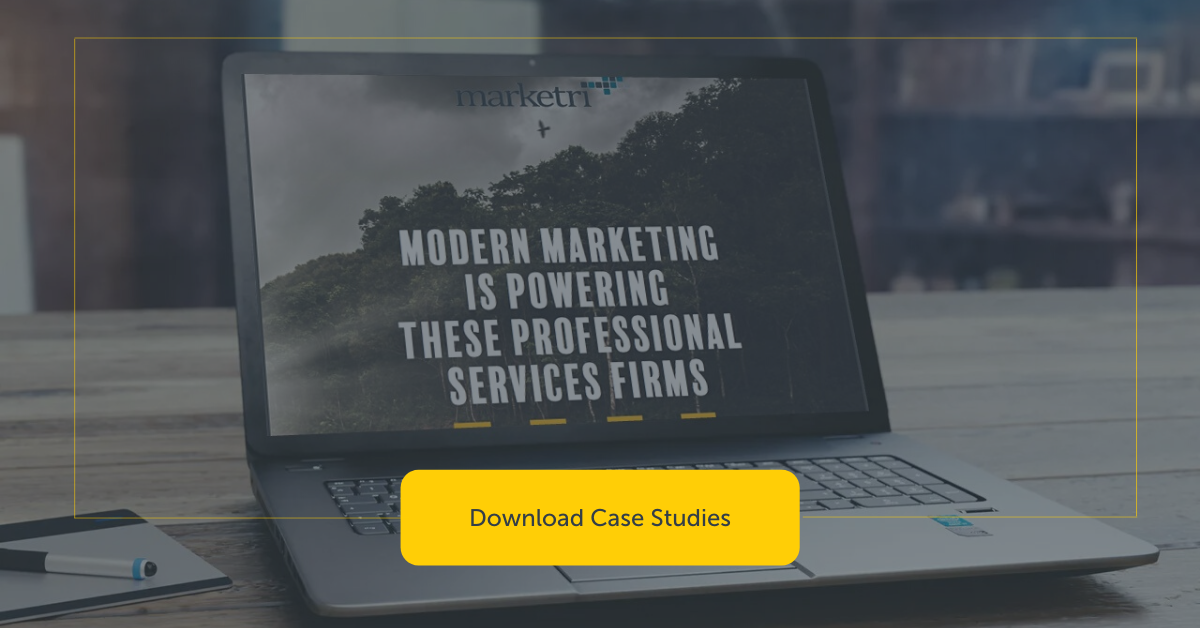The Do’s and Don’ts of an Effective Architecture or Engineering Firm Website
Your firm’s website is the foundation of all your marketing efforts, and without a solid foundation, your subsequent marketing efforts will never stand as tall as they should. Architecture and engineering firm websites have a long way to go.
It’s strange that architects and engineers (A/E), who are so adept at marrying form and function in the physical world, often struggle to understand the design and functional needs of a website that fulfills the needs of their target audience. In writing this post, I looked at a number of architecture websites and found that they cover a wide spectrum. Some were so archaic they looked as if they’d been built on at the dawn of the internet, while others were so complex it felt like I needed a Ph.D. just to navigate from them. However, from each site, I learned important lessons about what attributes an A/E industry website should and shouldn’t include:
Make your engineering firm website highly visual. Photos, videos, striking design elements, and other visuals are recommended components of any website, but for an A/E website they’re downright essential. Your website should showcase your firm, your people, and your work in a manner that is visually appealing and concise, but also informative. (BONUS: Multimedia content is search engine gold.)
DO NOT let the design consume the content. Some engineering firm websites take the advice above to heart, and, in an effort to showcase their creative flair, they build elaborate, visually stunning websites so complex that visitors can hardly use them. Yes, your website should stand out from the competition, but it should also be easy to navigate. If visitors can’t find every piece of information they need within a click or two, your website has failed. Try to rein in your creative juices and design a site “standard” enough that visitors will be inherently familiar with where to find the information they want.
Provide relevant, valuable information. Marketing communications have undergone a radical shift in the past several years. As new technologies develop and information becomes more readily available, people are tired of being sold to. More and more, they’re ignoring commercial messages and using the web to conduct their own research. Therefore, your firm must stop trying to “push” messages at your target and start producing educational content that will “pull” warmer leads to your website. The best way to do this is by stocking your site with informative, educational (non-promotional) content (e.g. blog posts, white papers, videos, tools, etc.) that your target audience will find useful. Help them find solutions.
Stock your website with informative, educational (non-promotional) content that your audience will find useful.
DO NOT use complex technical jargon. In creating content, never forget that it’s meant for your clients, not your colleagues. Many A/E professionals are so accustomed to using technical terms and complex theories that their online content turns out far too advanced for the target audience to understand. Since your primary goal is to educate and engage clients/prospects, such content is not effective. When creating copy for your website, ask yourself, “Would I have known what this means before I studied engineering?” If the answer is no, you should simplify it.
Update your website on a regular basis. Many professional services firms wrongly treat their website like an online brochure. They simply set it and forget it, adding no new content for long stretches of time. Your website should constantly be updated to reflect news about the firm and new projects, clients, employees, and the industry.
DO NOT rely on Flash technology. There is NOTHING that I find more frustrating than the use of Flash elements that turn websites into a carnival of whizzing, whirring, shifting thumbnails. As a user, it makes it difficult to find what I’m looking for. It leads to longer load time and doesn’t sync with mobile devices. As a marketer, too, I know that Flash files are much more difficult for search engines to catalog, so the flash format is negatively impacting SEO as well as user experience. Flash seems especially popular among A/E firms because the effects are eye-catching, but there are plenty of newer, more user-friendly options to be considered.
Architecture and engineering firm websites should take a page from modern marketing’s book. Make sure all the information you put out there is easy to understand and intuitive to navigate. And if you’d like to learn more about marketing best practices across engineering firms, check out our services.






